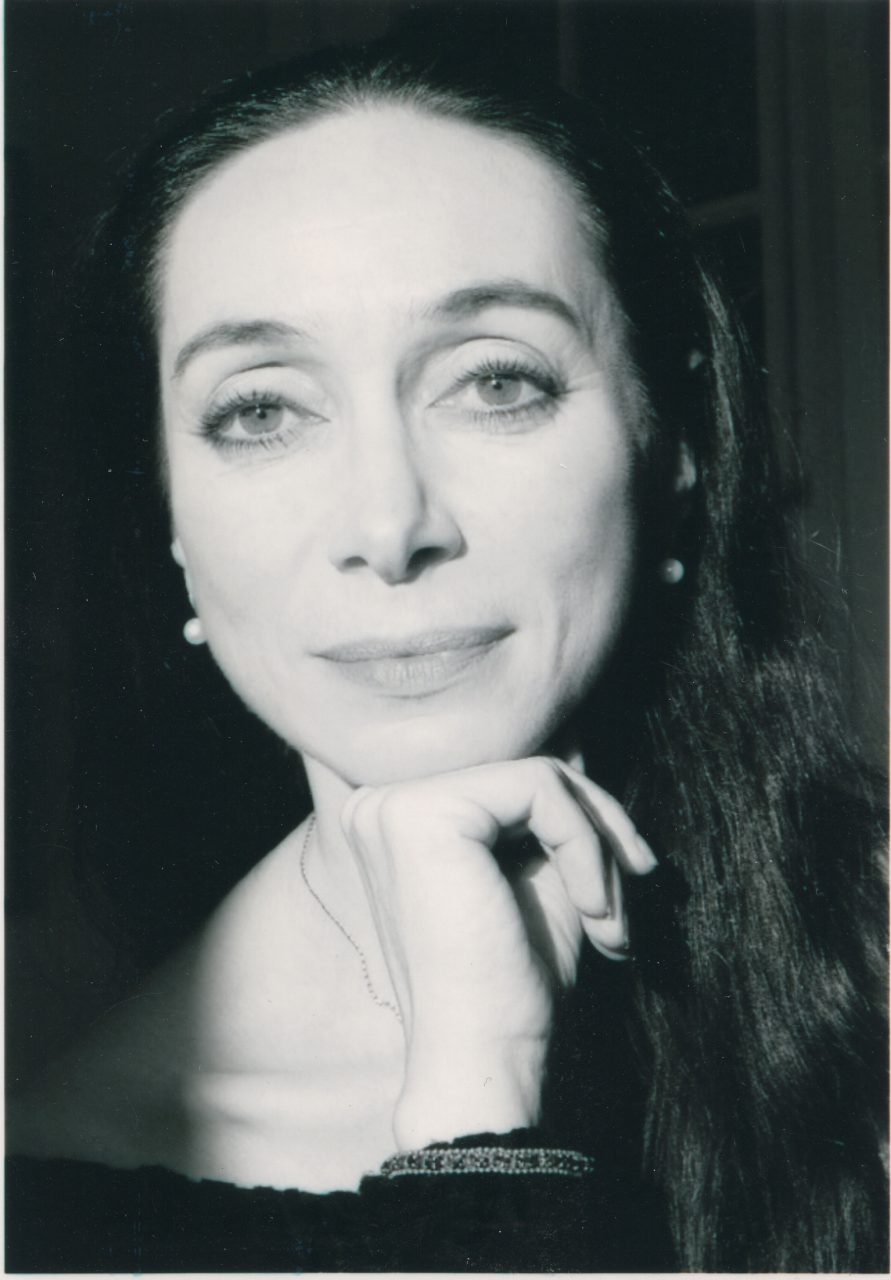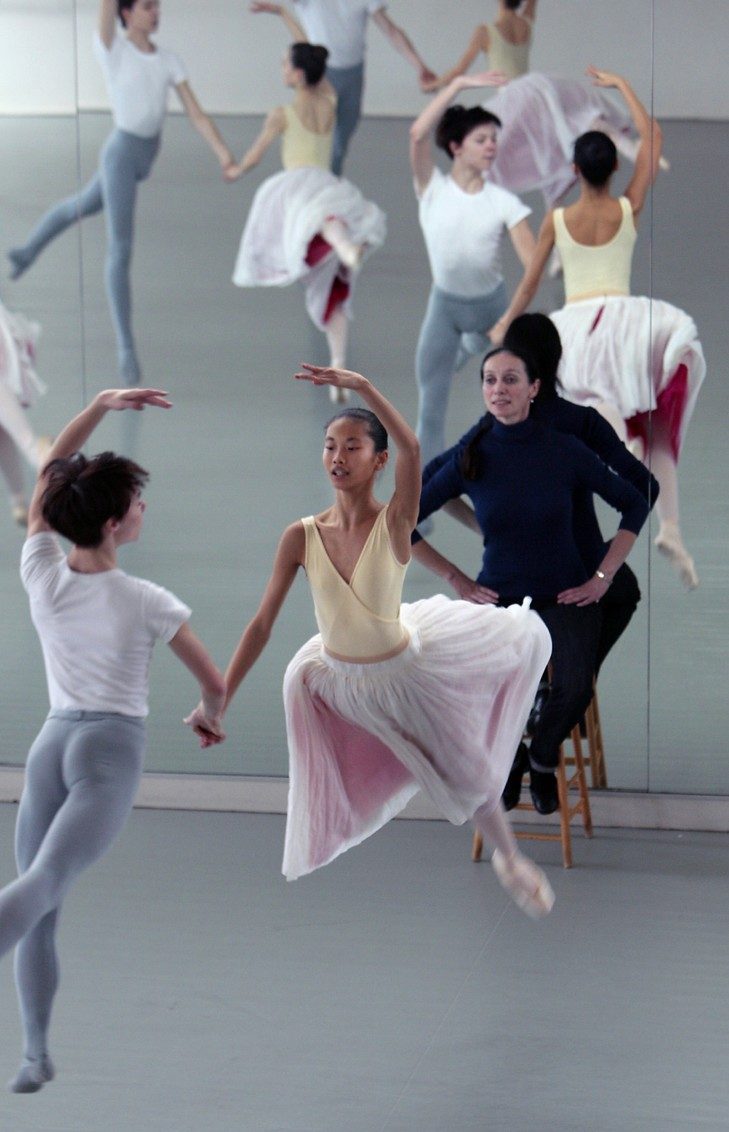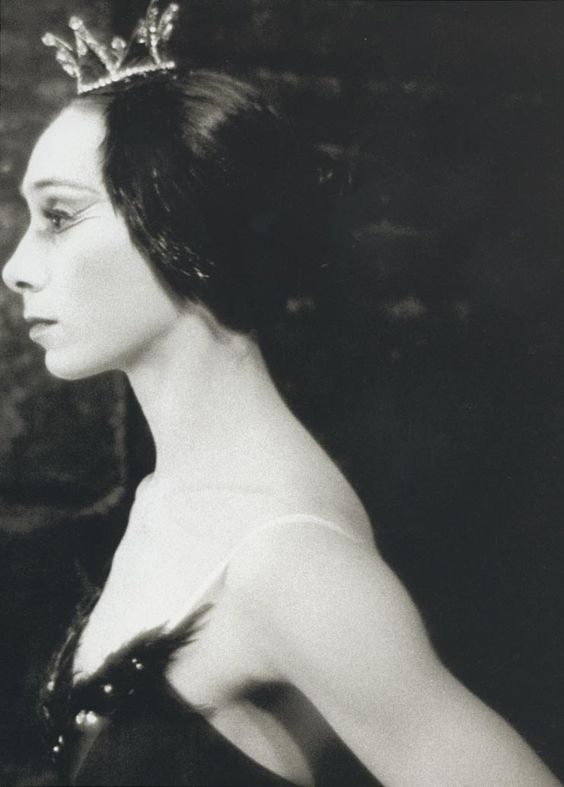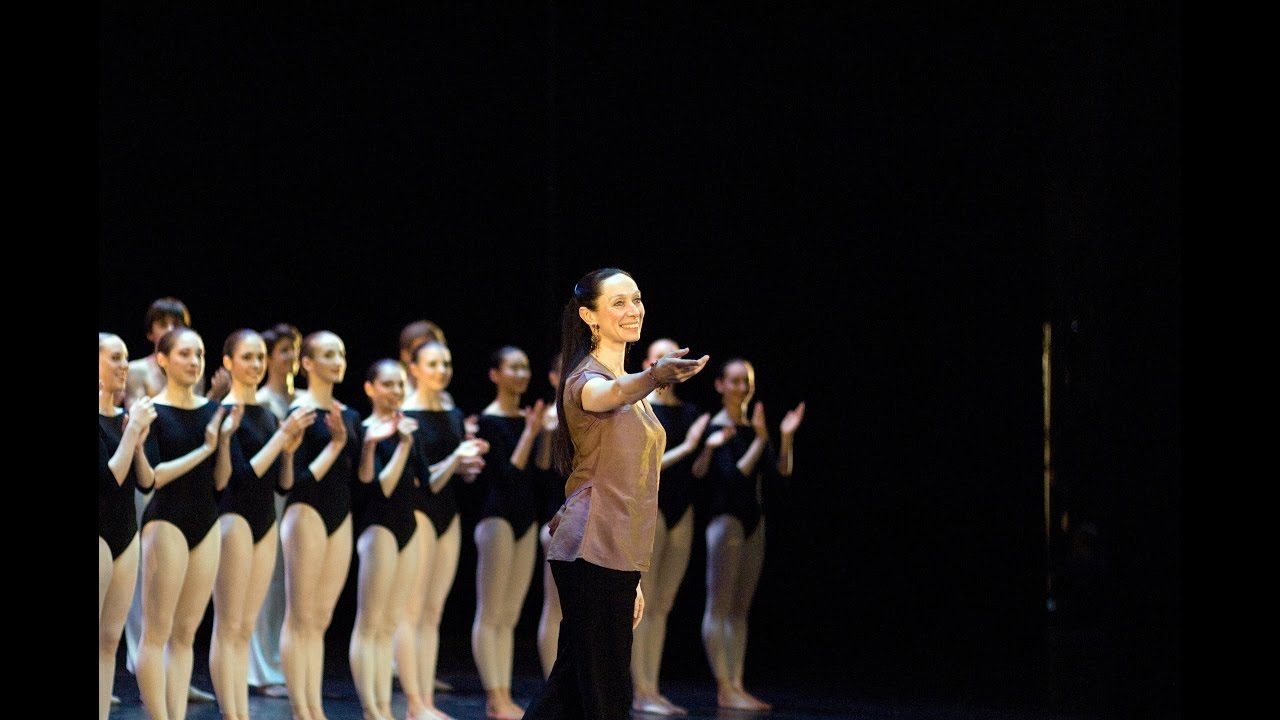Are you satisfied with the level of participants this year?
For the moment we didn’t see all the participants. I just saw pre-competitive and some boys. But I think that the level this year is quite the same as the level last year. I just had a class of 15-16-year-old girls. When it comes to professional students and students from the private schools, we see that the technique is good, it’s getting better, but sometimes the base is not so well worked. They lack attack in their movements because they want to get their leg higher, to do more pirouettes. And I see the same problem with both my students and the competitors.
Would you call it a trend of the recent years?
I’ve discovered this in the recent years, so I’m going back to some old exercises in the school. And in this regard, we are lucky that we are a school of traditions and that we have the company whose repertoire can help us. It gives us the inspiration to follow the unwritten rules and this way we achieve the evolution of repertoire and thus the evolution of ballet.
Youth America Grand Prix has an immense history behind it. But what would you say is the main mission of the competition today?
First of all to make the meeting possible. The meeting of teachers and students. As artistic directors, we are looking for people who can join our schools. Not necessarily because this student is the best one, but because he fits into the school and the school fits him.
There are a lot of talented dancers in this competition but the most important thing is to find someone who will be happy with you. Very often people have a dream to join the school but they are not our type, and thus they will be sad at the school, they will not be happy, they will not work well.
And that’s the reason why the jury is comprised of all the different directors from all the different schools. We try to determine who will better fit where.
And what would you say is the criteria for your school?
We have of course what we call the French style with all the point work with petite batterie, very virtuous, and we also have clarity. Italians, for example, have more movement, more fire, Russians have more back and arms. No-one is the best, but when you see someone coming on stage with the purity, you say: ok, it’s French. It’s like the French philosophy: clean, square, but also Latin, so we also like a bit of fire.
What effect does the Youth America Grand Prix have on the future of participants?
First of all, it’s being on stage. When you go on the real stage, you are breaching the gap, you are climbing the ladder. From the moment you perform a variation on stage, you start a new period in your professional growth.
Sometimes it happens that participants who win in these international competitions do not achieve the success in their further careers, as one might expect. They do not become stars of the ballet world. Why do you think this happens?
It’s the ballet live. You have the ballet competition and then you have ballet. You have to use the competition to become a dancer, not to use the competition to become a winner. I did only one competition in my life in Varna. For me it was an opportunity to present six variations, to work on them. My goal was not to win the medal. By chance, I did win the medal, but not the golden one. And at the end I did become the Etoile.
The competition is only one day. The most important thing is the work you do before the competition and the work you’ll do after. It doesn’t matter if you win or not. So you have to have a really clever teacher to help you.
How would you describe the state of the ballet in the world today?
When I joined the company in 1976, I heard that the classical ballet was dead. And now in 2017, the classical ballet is still not dead. It’s still something that people like. In France, in the 1980s we had a huge emergence of the contemporary dance, but the classical ballet never lost its power. What we need are personalities like we had during the Nureyev generation.
Today we have great artists but we lack the difference, and we have to be different. Even in my school where we teach all the same techniques, students have to be different, Unique. Everyone has to be unique. It’s safe to be like everyone else, being unique is quite difficult.
Which ballet school do you believe is the best one today?
I would say that I am very happy working at the Paris Opera Ballet School and it’s my favorite school because it’s my family. And I will never leave this school.














